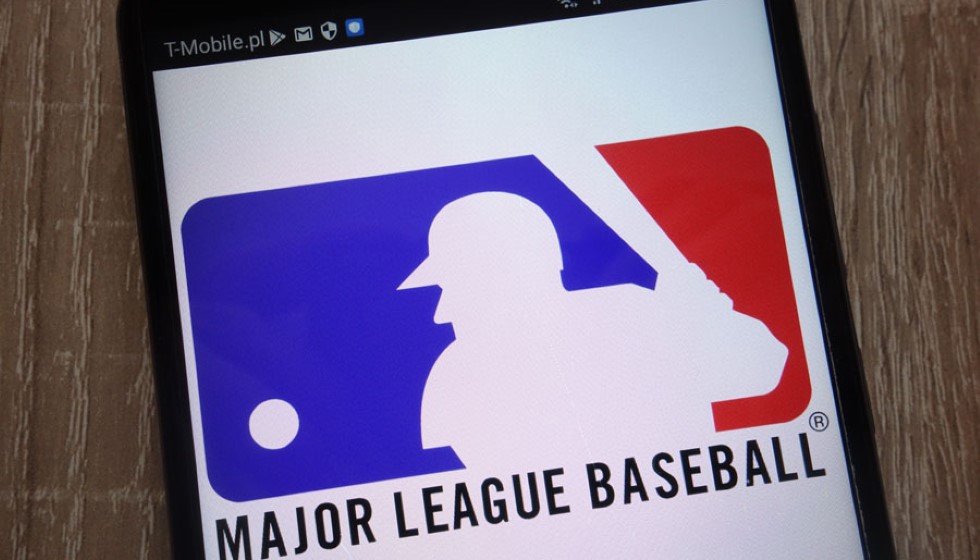
Mike Marshall’s 1974 season remains one of the most remarkable in Major League Baseball history, a time when the boundaries of what a relief pitcher could achieve were dramatically expanded. Stepping beyond the traditional role, Marshall captured the National League Cy Young Award by logging an extraordinary 200 innings in relief. This unprecedented workload set a remarkable precedent, proving that relievers could indeed dominate in an award category that had been predominantly reserved for starting pitchers.
In the years that followed, other relievers continued to make their mark. Sparky Lyle won the 1977 American League Cy Young Award, showcasing the growing influence and recognition of bullpen specialists. Breaking into the scene in 1979, Bruce Sutter firmly established himself as one of the most formidable closers of his era, clinching the NL Cy Young and further solidifying the impact of relievers in critical game situations.
The trend of relievers capturing prestigious awards did not end there. Rollie Fingers took home both the AL MVP and Cy Young in 1981, with a remarkable performance consisting of 78 innings pitched. Three years later, Willie Hernandez followed in Fingers' footsteps, winning both the AL MVP and Cy Young in 1984, with a stellar 1.92 ERA over 140 1/3 innings pitched.
In 1987, Steve Bedrosian clinched the NL Cy Young Award by converting 40 saves in 48 opportunities and pitching 89 innings. Mark Davis continued this legacy of excellence in 1989, winning the NL Cy Young Award after saving 44 games in 48 chances and recording 92 2/3 innings. The legendary Dennis Eckersley achieved a milestone in 1992, claiming both the AL MVP and Cy Young Awards with 80 innings of relief work, setting a gold standard for future relievers.
Following Eckersley's success, it wasn’t until 2003 that another reliever, Eric Gagne, would secure a Cy Young Award. Gagne remains the only reliever to win the award post-Eckersley, emphasizing the rarity and difficulty of such an achievement.
Modern Day Bullpen Heroes
In today’s game, Craig Kimbrel stands as one of the leading figures in the bullpen. Drafted as a reliever, Kimbrel’s journey has been remarkable. Notably, he did not start a single game in the minors until a rehabilitation stint in 2016, showcasing his consistency and dominance in the role he was destined for. Similarly, Aroldis Chapman made a significant career transition to the bullpen in 2010, adding a powerful weapon to his team’s pitching arsenal.
Among the emerging bullpen stars, Emmanuel Clase has turned heads with his impressive stats. Clase saved 38 games in 41 chances, boasting a minuscule 0.59 ERA and an equally impressive 0.67 WHIP. Over 61 1/3 innings, he recorded 53 strikeouts with only seven unintentional walks, underscoring his precision and efficiency.
Comparing to Starters
While Clase’s numbers are staggering, it’s noteworthy to compare his performance to some of the leading starting pitchers in the American League. Pitchers like Tarik Skubal, Erick Fedde, Tyler Anderson, and Cole Ragans rank higher than Clase in AL pitcher WAR. Fedde, who has recently transitioned to the National League, and Skubal, expected to approach upcoming games cautiously, continue to display formidable capabilities. Anderson, with a 4.46 FIP and 1.23 WHIP, and Ragans, projected to maintain strong performances despite recent injuries, highlight the diverse range of pitching prowess in the league.
In sum, the evolution and impact of the bullpen over the years have been significant, with relievers like Marshall, Lyle, Sutter, Fingers, Hernandez, Bedrosian, Davis, Eckersley, Gagne, and modern-day stalwarts like Kimbrel, Chapman, and Clase reshaping our understanding and appreciation of the closer's role in the game. As these athletes continue to push the boundaries, they ensure that the significance of relief pitching in baseball’s rich tapestry remains as vital and celebrated as ever.